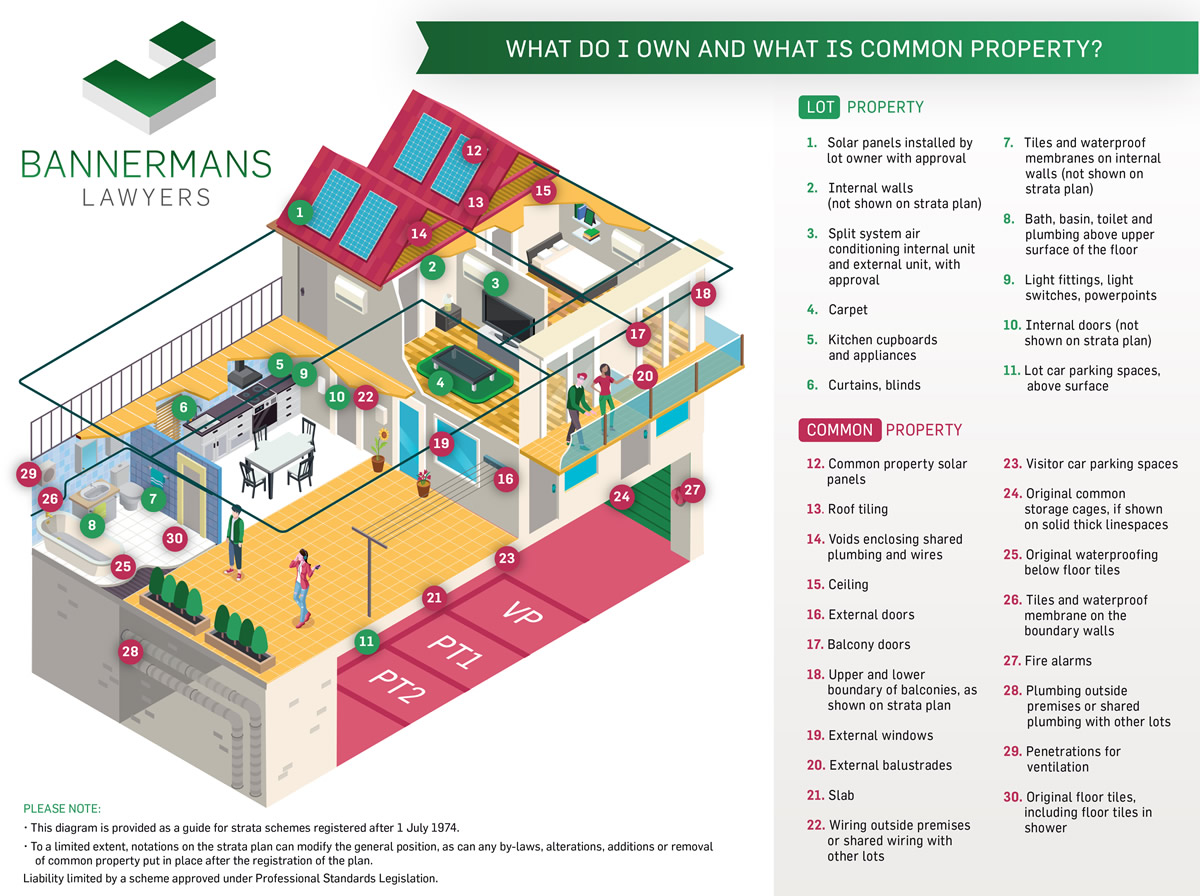Step 1 Draft the By-Law
Using DIY By-Laws you can easily add your lot details, select what areas you are renovating and attach the relevant plans to create a by-law and motion instantly! Your by-law will describe any impact there may be to common property (for example, waterproofing in bathroom, moving plumbing or external walls).

